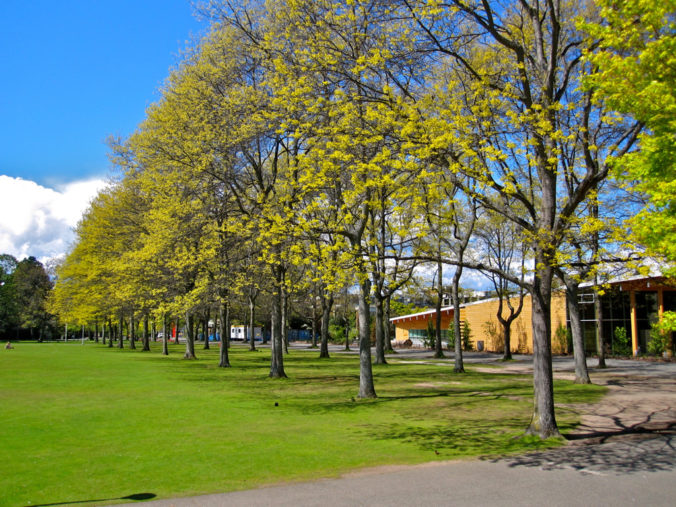With our group, I choose the learning method: open pedagogies. Unlike the traditional learning method where the instructor is the key person leading on learning. Open pedagogy is more of a learner-driven learning method with the support of open learning resources (OER). According to BCcampus OpenEd, there are 2 components included in this method:
- Open: this refers to OER where learning resources can be easily reached in the public domain with an open license.
- Pedagogy: refers to the method of teaching, focusing on how people teach instead of what we teach.
Using OER to support learning increases student’s access to the learning material they need and will help improve the learning outcomes. Implement the OER in teaching increases student’s opportunity to higher education material. One key point that havens been mentioned in various search is by using open learning resources it reduces the chance where student working on some disposable assignments where student finished it and then they never touch those work again. in the open pedagogy class, students will be asked to “revise” and “remix” the core OER learning materials that instructors provide and create their own work/project that can be a benefit to other students in the future. When students making the learning/teaching material, it requires them to dig into the detail of the learning topic to find the most useful core information that can present to another student.
Few attributes related to open pedagogy according to Hegarty (2015) that reflect in our blueprint design:
- Participatory technologies: we will present our topic on a blog where everyone can access
- Innovation and creativity: not like traditional class, learners learn on our blog sites through readings by their own, we will also provide different open resource for them to choose what they want to read or watch;
- Sharing ideas and resources: discussion forum will be provided to learners who have access to this blog to share their ideas and thoughts;
- Connected community: this blog is a community for everyone to share and get connect with others;
- learner-generated: although there are different posts and topics they are all open to students to read based on their own choices. We don’t control where they start but suggested due days will be provided as a guide for them to keep on track of their learning.
- Reflective practice: self- assessment assignments will be provided to learners on our blog so they know how they learned.
One other example of using an open pedagogy method in our blueprint is we will ask learners to create an open learning source based on what they learned from our site and post their learning outcome on-site so the future student can also view it. Our blueprint topic is “Sleep Guide During COVID-19” where is held on a blog. We will give introductions and different sub-topics on each post and students will need to complete their learning resource at the end of learning based on the information we provide them which also includes multiple open resources they can reach easily online. Students can choose any format they want to form their learning resource, e.g. video, info graph, blog etc.

Image is from Australia’s Science Channel
Reference:
Hegarty, B. (2015) Attributes of open pedagogy: a model for using open educational resources Educational Technology, July-August
Response to other students’ topics
I really enjoy SAKURA Wu’s post about Experiential learning. From my perspective learning by practice can give student much deep impression on what they learn and will be helpful for them memorize they key information we want the learner to learn. In her post, she included a diagram which visually helped me understand how “experiential learning cycle’’ looks like. As we are working in the same team. the topic she researched on can easily reflect to our learning. Because sleep as a daily activity that everyone will be doing everyone. They easily reflect what they have learned to their daily life.
I also learned something different then what I had researched about open pedagogy in Vince Yue’s post this week. In this post, Vince mentioned that OEP is about openness and unlimited possibilities. Where give learner more then they can do in their learning experience. I have not thought about that in my researches. The way how Vince’s team’s blueprint to engage student is to ask student participant in some activities that can encourage student to look and share their learning result. I am curious to see their project at the end about the advertisements influence consumer purchase behavior as this is closely related to our daily life.



Recent Comments